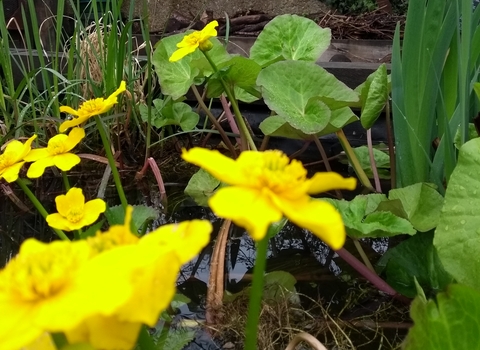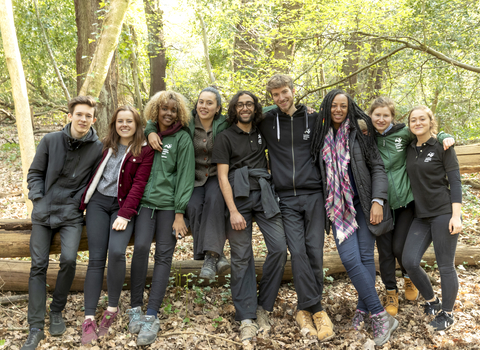During my Keeping it Wild Traineeship, I’ve been so heartened to discover all the things that London Wildlife Trust and its supporters are doing to protect and promote wildlife in the city. In terms of what we can do as Londoners to enhance biodiversity, ponds seem to yield maximum rewards for minimal effort.
As a budding wildlife gardener myself, I'll be making my own mini-pond over the summer and in researching my own project, I hope to be able to provide you with some useful tips in this step-by-step guide.
It can seem like a daunting challenge to provide an effective haven if you have a small space. But research has shown that even tiny ponds can contribute toward biodiversity on a regional scale, they act as stepping stones and allow species to move through the landscape. In the urban setting, where there can be many barriers to wildlife, this is crucial.
Here's my advice to get started:
1. Select a container
You can basically use anything! This is a great opportunity for upcycling, look for containers that are roughly 30cm deep and watertight (or you can make it watertight with a small piece of pond liner). Choose a spot for your container that gets a good amount of light and think about how creature will be able to get in and out of it. One option is to dig your container into the ground and provide access levels in and out, or you can build a ramp.
2. Fill it up
Prepare your vessel using some gravel on the bottom and then use rocks or logs to create a range of depths. Finally, allow your pond to fill with rain water. Tap water should be avoided as it contains chemicals which may not be conducive to pond life.
3. Choose some plants
For a mini-pond, it makes sense to stick to one submerged plant and then you can gradually build up the surrounding area with other freshwater plants. Marsh-marigold/Kingcup is a great submerged plant choice, it provides cover for amphibians and an early nectar source for insects. A personal favourite of mine is the yellow iris with its sword shaped leaves and fleur-de-lis like flowers. Beware, it has invasive tendencies and can take over even a small pond so planting it in a separate basket can make it easier to control. Great things to plant around your pond margin are watermint, brooklime and purple loosestrife.


